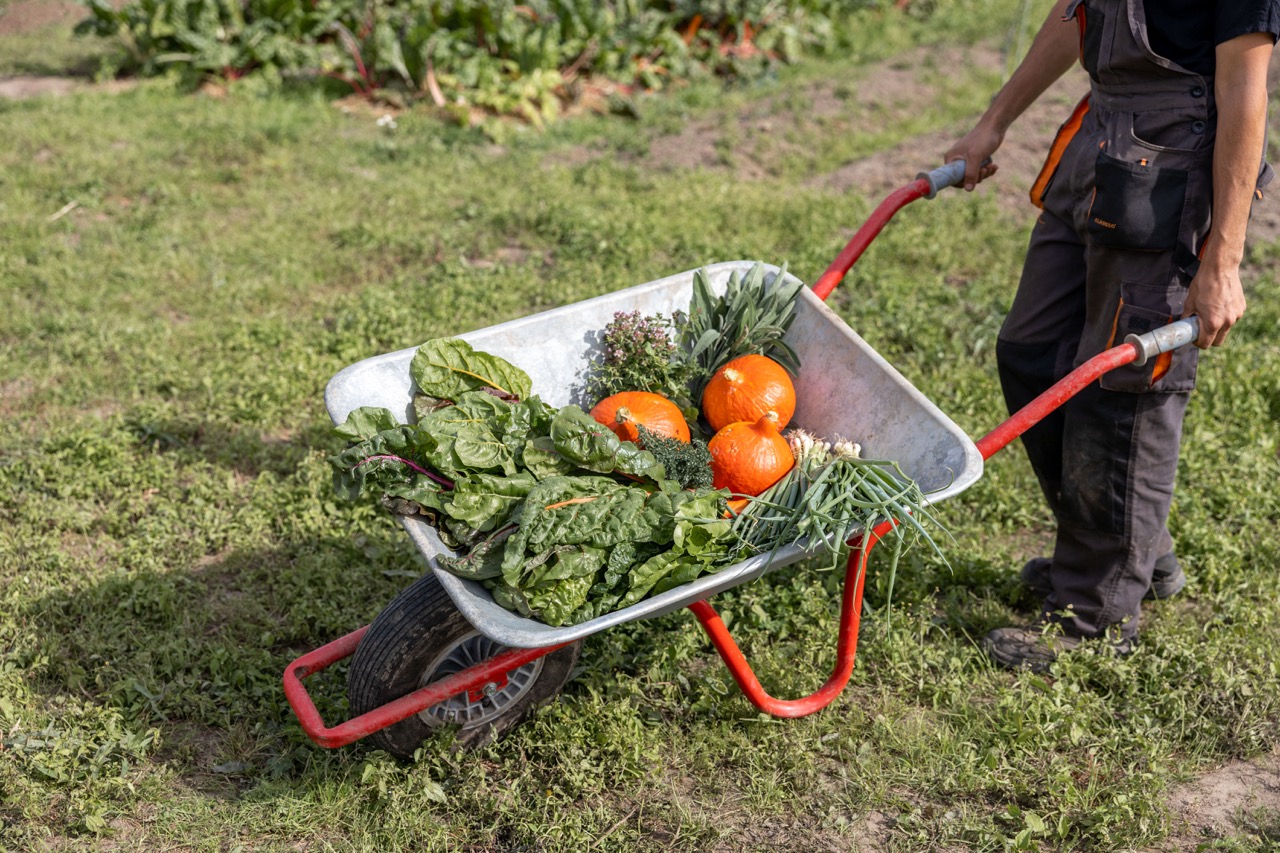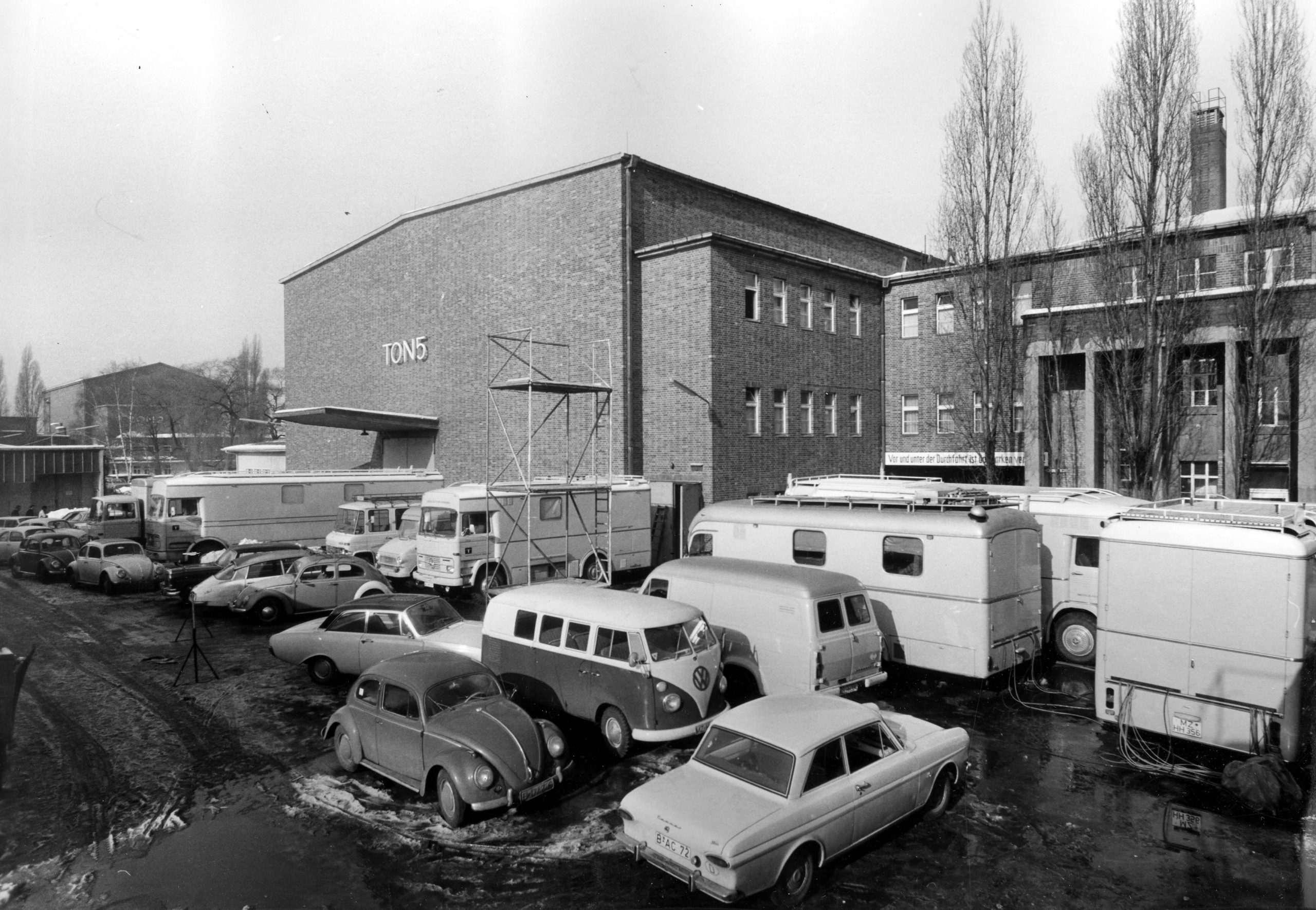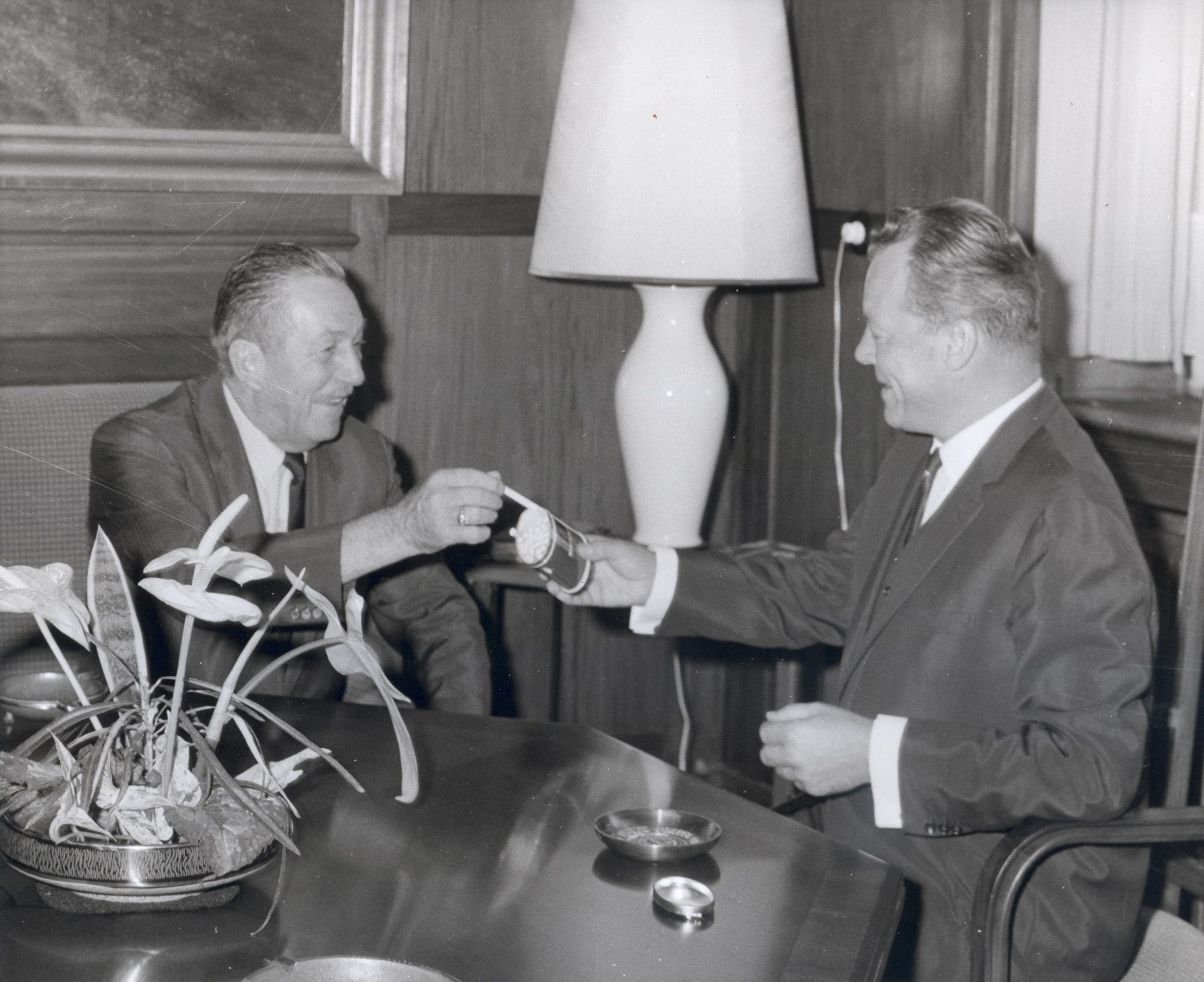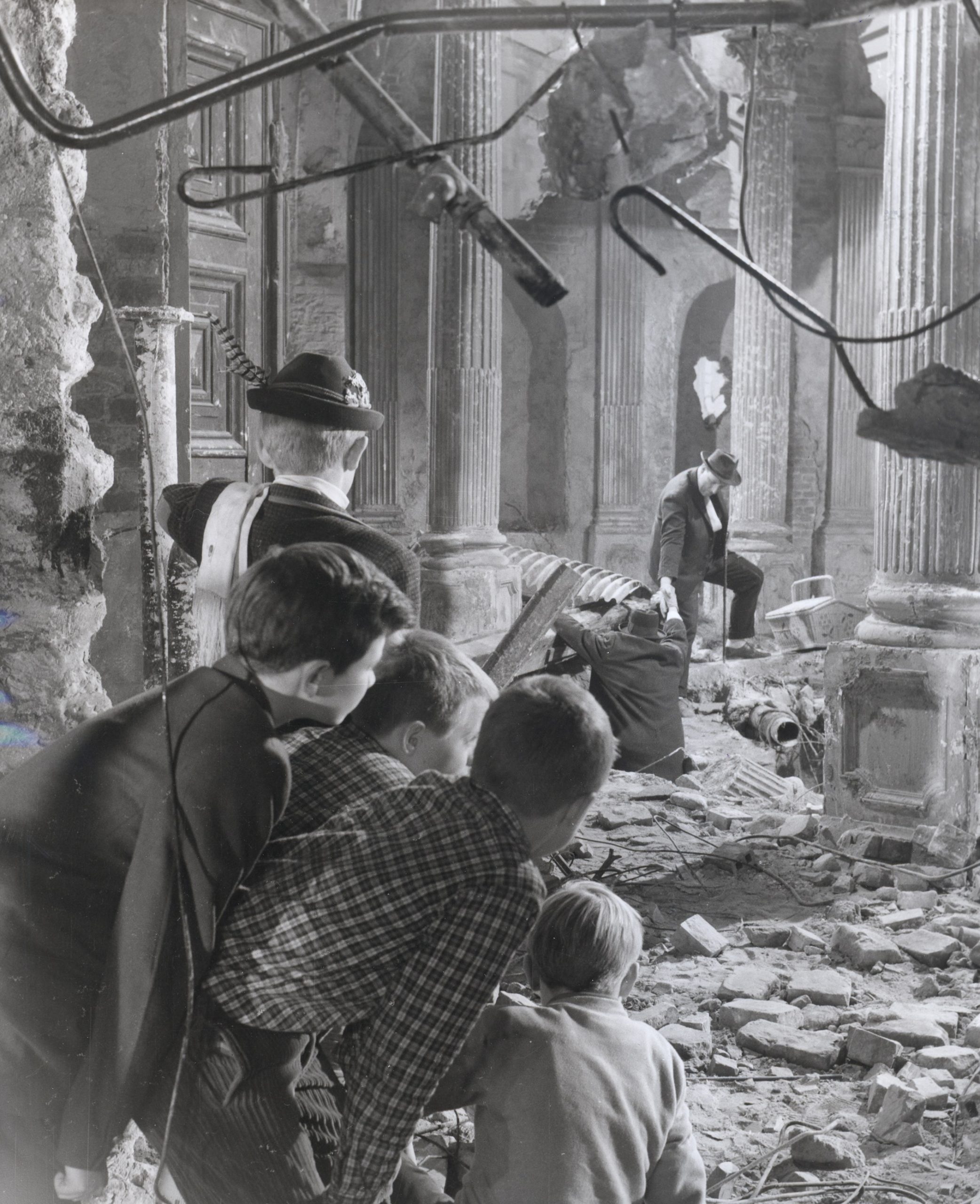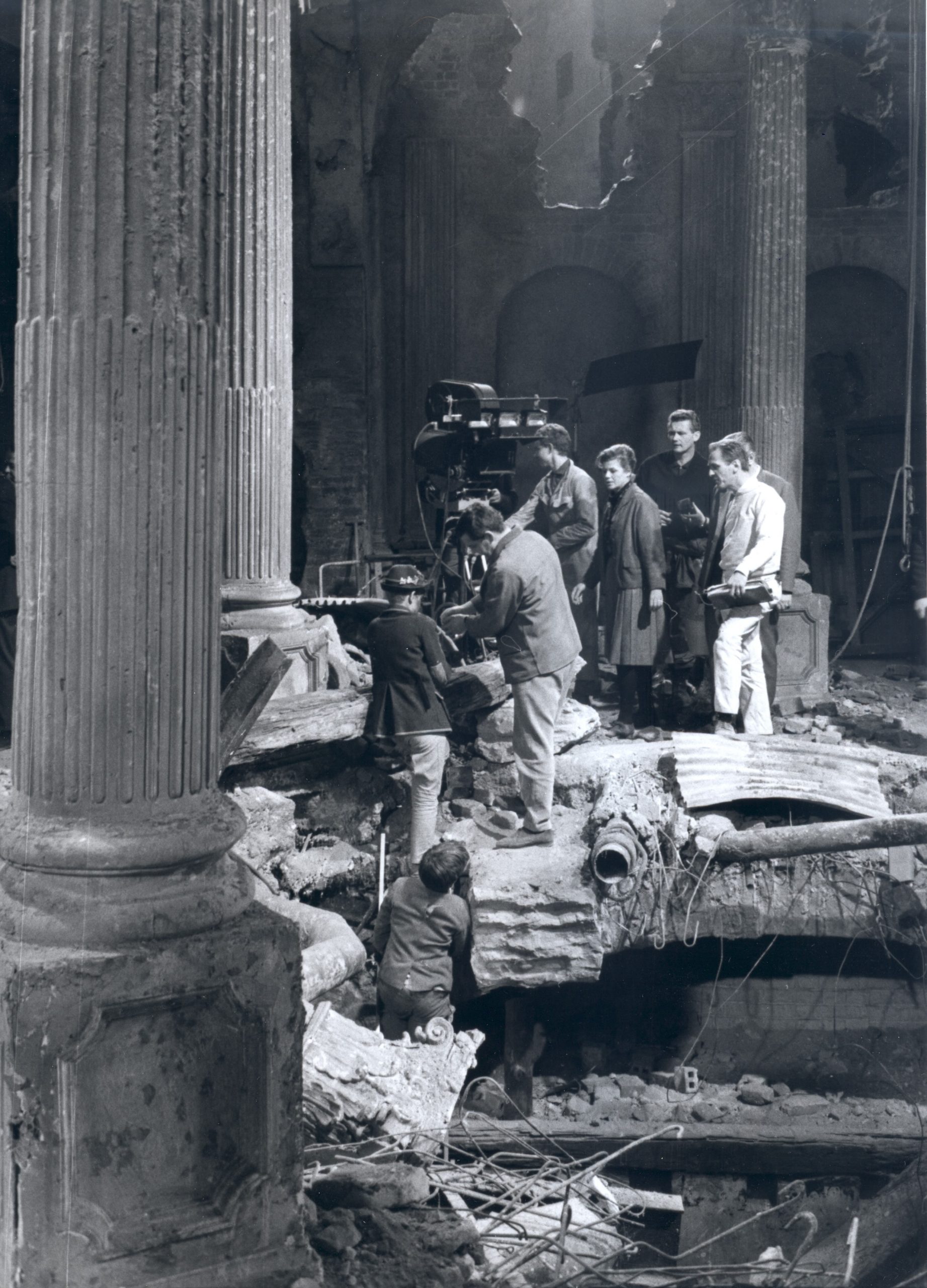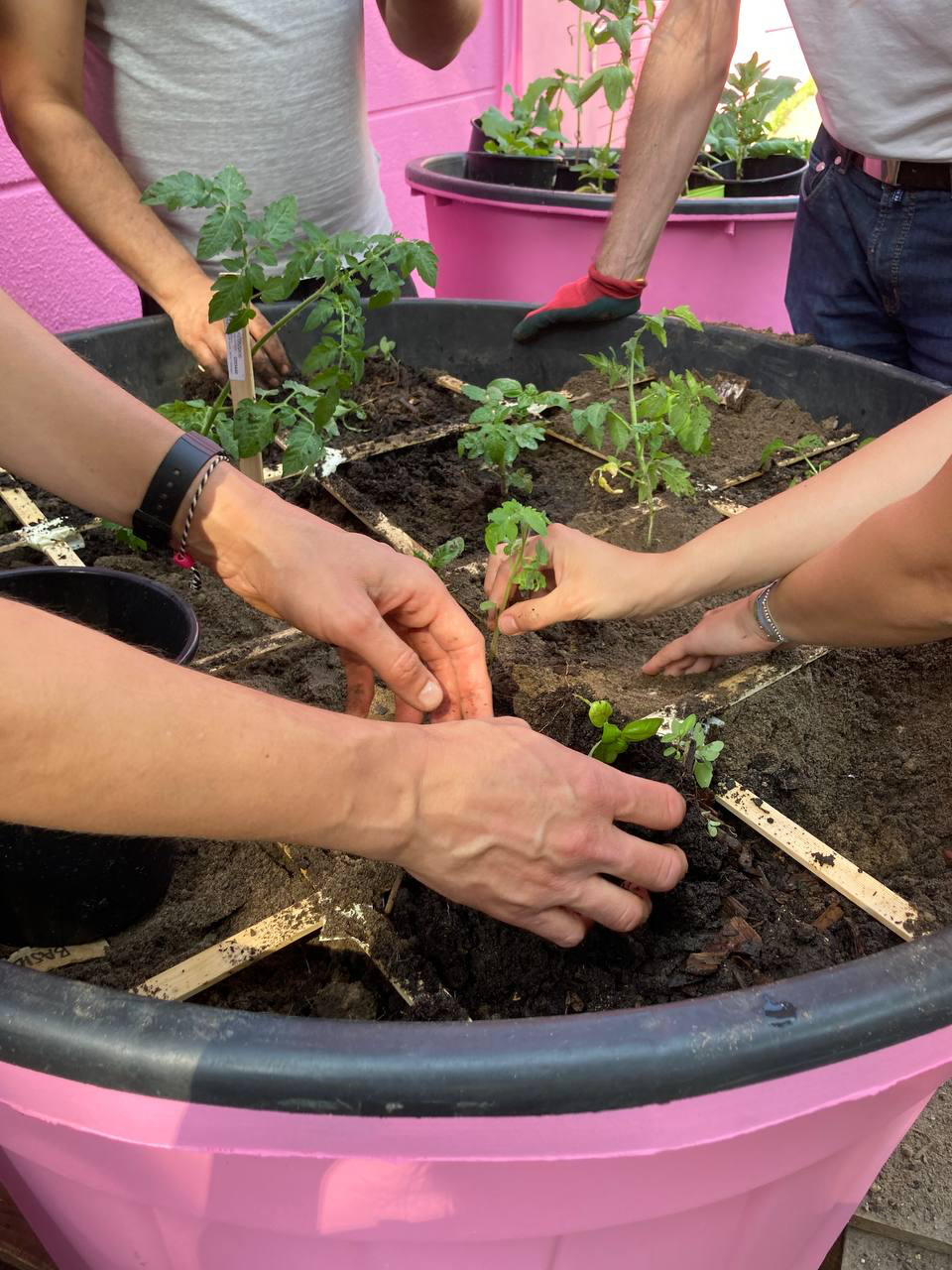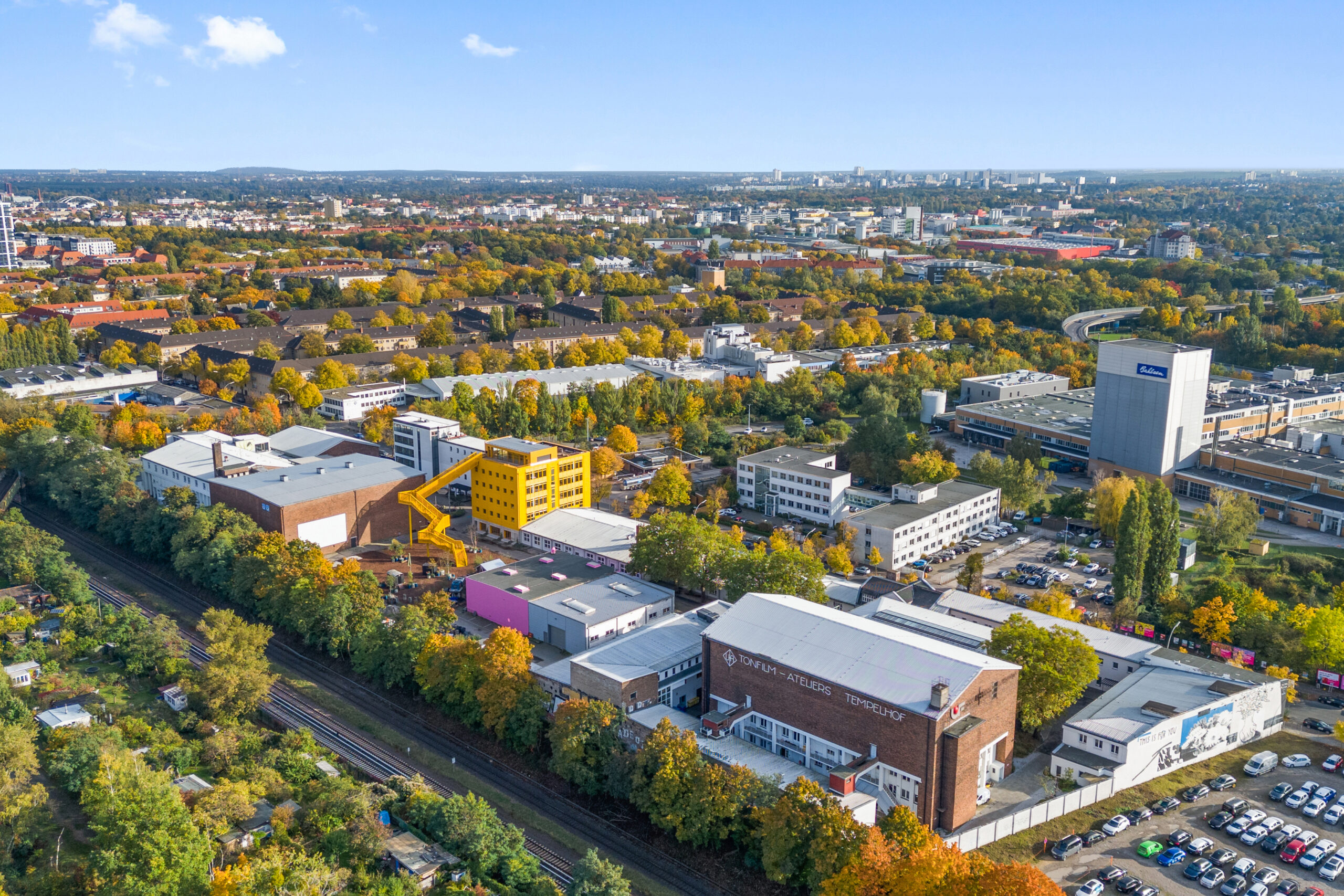From Successful TV Production Site to Today’s Atelier Gardens
The 1960s saw a slump in film production as the film industry was losing ground to the booming TV business. This didn’t go unnoticed in the film studios on Oberlandstrasse, where Ufa made losses in the millions. After the studios with its staff, which had grown to around 500 people at the time, were almost bought by ZDF, in 1963 the Berlin Universal-Film-Atelier GmbH & Co. KG (BUFA for short) became the company’s eventual buyer.
Despite turbulent times, German film history continued to be written in Tempelhof. In the year of its sale to BUFA, Walt Disney’s “Emil and the Detectives” was filmed on site. Scenes from the Karl May films “Der Schut” or “Der Ölprinz” were also produced in the studios and attracted names such as Terence Hill or Winnetou actor Pierre Brice.
During these times, in parallel to film productions, dubbing work was in full swing. Just to name a few, “Odds and Evens” with Bud Spencer and Terence Hill, “Dirty Dancing” as well as various British and American series were dubbed in Oberlandstraße.
The Dawn of the Television Era
Films like “Didi – Der Doppelgänger,” which was jointly produced by Ufa and ZDF, showed that television was taking on a greater role in the filming spectrum. What is now considered a common practice, the co-financing of films by the film and television industries was still a novelty at the time. The film drew close to 2.2 million viewers to German movie theaters in 1984, leaving little doubt about the success of the new state of things.
Television was becoming increasingly present. In 1963, the Tempelhof studios signed a contract with ZDF, which from then on became a permanent tenant of TON 4. In the so-called “Current Affairs Studio,” programs such as “Kennzeichen D” or the “Nachtstudio” were created, which both ran for decades and decisively shaped the German television landscape.
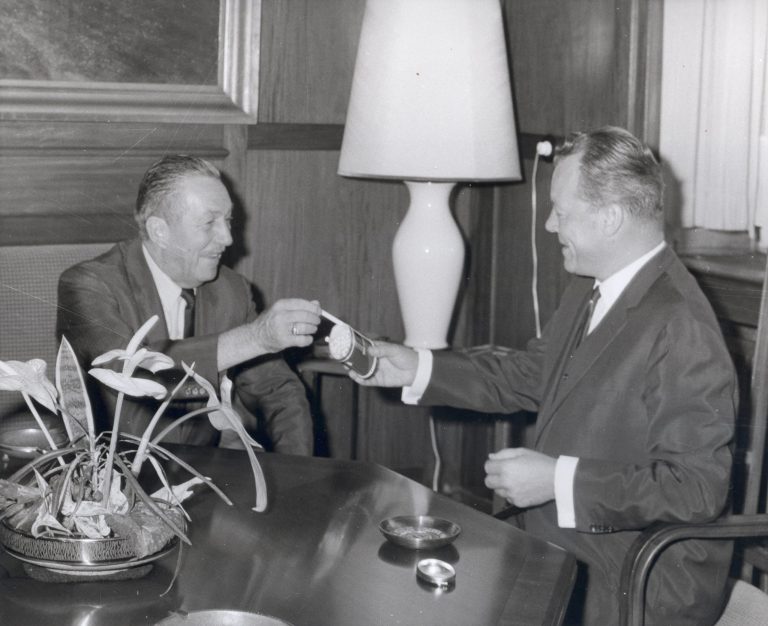
Legends of German Television
Starting in 1969, the production of the ZDF Hit Parade rapidly became the biggest symbol of television’s success in the Oberlandstrasse: 22 million people tuned in to watch the show on average. Until 2000, the Hit Parade “wandered through” the studios and was shot sometimes in TON 6, and other times in TON 3, 1, 2, or 5. Both BUFA and the Oberlandstraße studios became widely known thanks to this show, as fans regularly waited outside the studios to catch a glimpse of the stars.
The quiz show “Der große Preis” with Wim Thoelke, which had been running for almost two decades, and “Circus HalliGalli” with Joko and Klaas, which was recorded between 2013 and 2017, were also similarly successful productions.
The Oberlandstraße Studios Now
And today? The halls of the Atelier Gardens are no longer at the center of German film history as they were almost 100 years ago, but they are still involved in major film productions. In 2018, Netflix was on site to film scenes for “Skylines,” and in 2019 Amazon used the studios for “Wir Kinder vom Bahnhof Zoo.” The so-called Dubbing Village is also still in use.
In addition, there are film events such as the “Human Rights Film Festival,” open-air cinema in the summer and regular film screenings organized in conjunction with the Arts of the Working Class, Fotografiska and the Atelier Gardens Film Club. Thus, the history of film continues to live on at Atelier Gardens, always morphing into new formats and synergies. What’s more, Atelier Gardens hosts events and activities related to sustainability, circularity and regenerative power.
Despite turbulent times, German film history continued to be written in Tempelhof. In the year of its sale to BUFA, Walt Disney's "Emil and the Detectives" was filmed on site.
Related news

